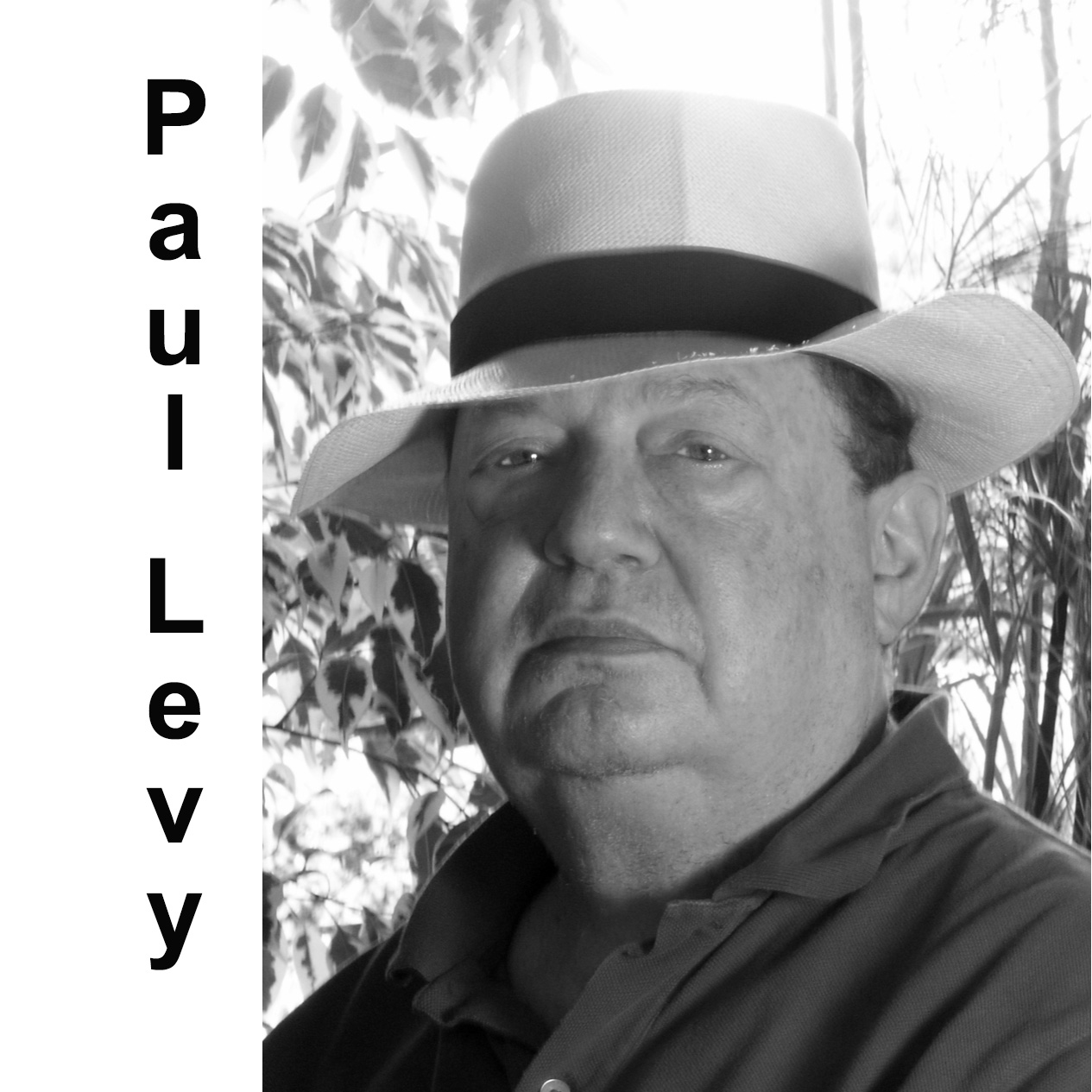 A scene from Luisa Miller by Giuseppe Verdi @ London Coliseum. An English National Opera production. Directed by Barbora Horakova. Conductor, Alexander Joel.
A scene from Luisa Miller by Giuseppe Verdi @ London Coliseum. An English National Opera production. Directed by Barbora Horakova. Conductor, Alexander Joel.
©Tristram Kenton
The English National Opera company is having a tough old time. Its personnel keep changing, its huge building, the London Coliseum is a headache to maintain and fill, and its audience is too old. It has resorted to cast list handouts whose reverse patronises newcomers by telling them how to behave at the opera. And its big problem is its bone-head commitment to singing in English. With the exception of Benjamin Britten’s and a few other first-rate works with a libretto written in English, this policy confounds the simple truth that the composer’s music and the librettist’s words have been conceived and constructed as a single entity. No matter how good the rendering of the original libretto, the opera just does not sound right when performed in English translation. Indeed, it is seldom possible to understand the English words being sung by the performers anyway; and the fact that ENO productions always have English surtitles only goes to prove this. It won’t solve the company’s many difficulties to be honest about this with us, the opera-loving public, but it will improve every ENO production not originally penned in English.
Despite this foolishness, and its need to give the house over to (non-operatic) money-making musicals for a good chunk of the year, the ENO is capable of both daring and successful ventures, such as the new Luisa Miller, a Verdi rarity last staged in London in 1858. It makes for a splendid, terrifically enjoyable evening in the opera house. Prague-born director Barbara Horáková, a former singer and protégée of Calixto Bieto, has given her imagination free rein and commissioned a mostly black and white set and costumes from Andrew Lieberman and Eva-Maria Van Acker, so that the look of the production is consistent and fun. Alexander Joel (Billy’s half-brother) comes to ENO from his more usual European gigs, and conducts the ENO orchestra with panache, and attention to the needs of the strong cast of singers.
 A scene from Luisa Miller by Giuseppe Verdi ©Tristram Kenton
A scene from Luisa Miller by Giuseppe Verdi ©Tristram Kenton
The story of Luisa Miller is a touch too familiar, though the original was Friedrich Schiller’s Kabale und Liebe (“Intrigue and Love”). Salvadore Cammarano (1801-1852), a chum of Verdi’s, wrote the simplified libretto for the composer’s 15th opera, in which Luisa, the daughter of a Tyrolean villager, falls for an elegant young man, Carlo, her socio-economic superior, and he adores and wants to marry her. He, however, is not Carlo, but Rodolfo, son of Count Walter, the regional ruler, and he has achieved his status by usurping and killing his own cousin. A devious courtier, Wurm, also desires Luisa, and tries to get his way by revealing to her father the suitor’s true identity. Meanwhile, Walter’s widowed niece, Frederica, Duchess of Ostheim, has the hots for Rodolfo/Carlo, and their marriage would result in Walter achieving his own political ambitions. It all goes wrong, exactly as you would expect, and the lovers Luisa and Rodolfo die in one another’s arms of poison.
It’s not Tristan und Isolde, and Verdi’s rum-ti-tum score hasn’t had the benefit of exposure to Wagner’s. The boy-meets-and-loses-girl plot isn’t made more palatable by ENO Head of Music, Martin Fitzpatrick’s sometimes clunky (and I should argue, redundant) English libretto. But the singing and acting is mostly magnificent, starting with Elizabeth Llewellyn’s rich, robust presence in the title role. Her range is enormous, with a deep, full chest voice to complement her convincing coloratura passages. As her rival, Frederica, (former Balliol physicist) Christine Rice shows off the power of her chest voice, with baritonal lower notes that surprise us, and must frighten the bejesus out of the tenor, David Junghoon Kim (Rodolfo). He can’t act, but he can certainly sing, and his upper range is gorgeous. Bass Solomon Howard, as the crazy bad guy, Wurm, is three times as sexy as the tenor, and moves as beautifully as he sings. The other bass part, Count Walter, is sung with appropriate menace by James Cresswell, leaving Icelandic tenor, Olafur Sigurdarson, to do the plot’s heavy-lifting as Miller, the father.
 A scene from Luisa Miller by Giuseppe Verdi ©Tristram Kenton
A scene from Luisa Miller by Giuseppe Verdi ©Tristram Kenton
Cammarano’s libretto removes most of the politicking and intrigue, and the director interprets what remains of the story as the heroine’s growth from childhood to full womanhood. Which is fine, as choreographer James Rosental makes the huge, supplemented ENO chorus plus dancers, amuse us in the jolliest fashion. Profound Luisa Miller is not; but this production proves that this middle-period Verdi piece can be revived and made to breathe again in a most entertaining way. Bravo, ENO.
